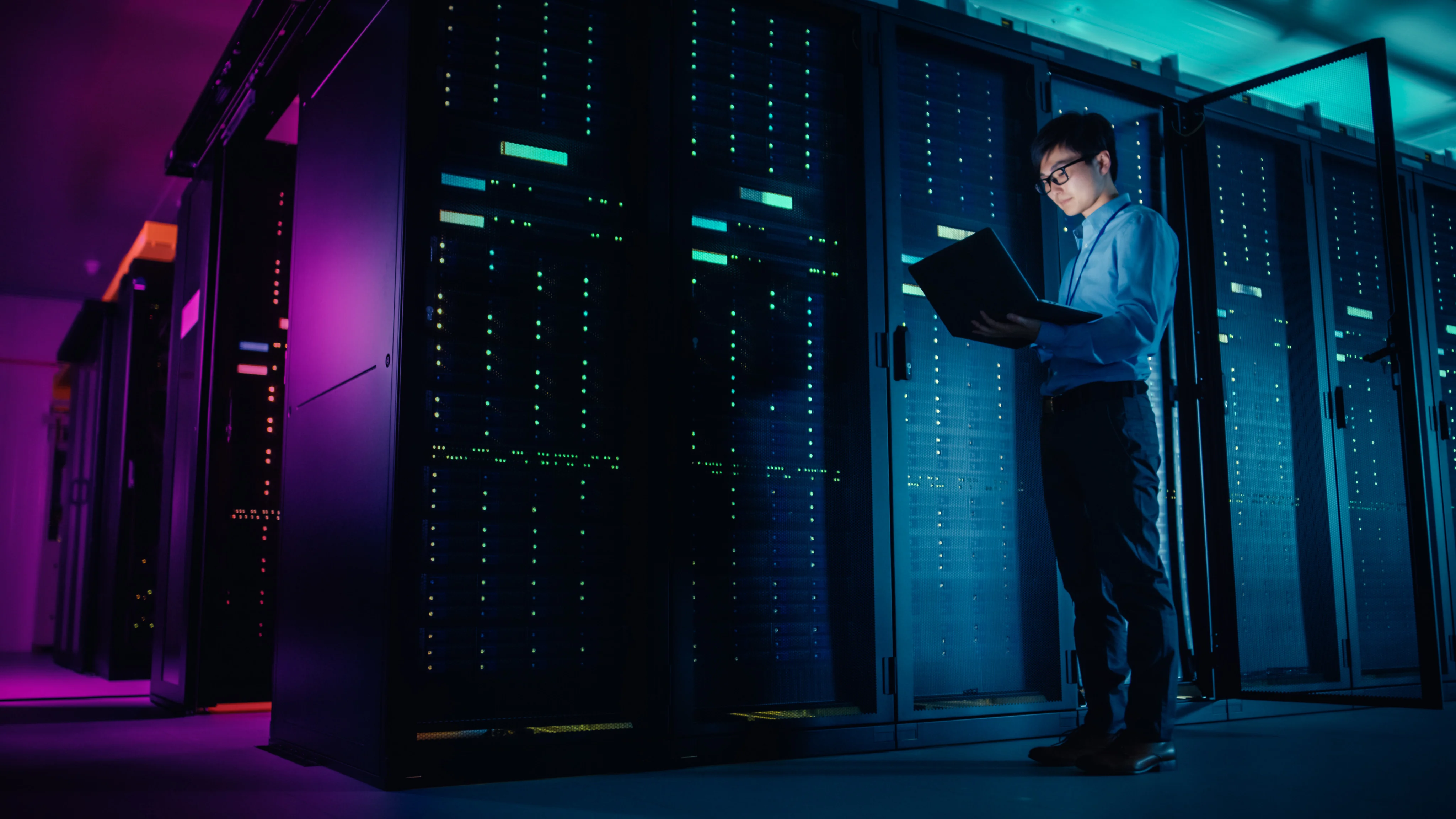By Bloomberg
Copyright scmp

Artificial intelligence companies like OpenAI have been quick to unveil plans for spending hundreds of billions of dollars on data centres, but they have been slower to show how they will pull in revenue to cover all those expenses. Now, the consulting firm Bain & Co is estimating the shortfall could be far larger than previously understood.
By 2030, AI companies will need US$2 trillion in combined annual revenue to fund the computing power needed to meet projected demand, Bain said in its annual Global Technology Report released on Tuesday.
Yet their revenue is likely to fall US$800 billion short of that mark, as efforts to monetise services like ChatGPT and other generative AI services trail the spending requirements for data centres and related infrastructure, Bain predicted.
The report is set to raise further questions about the AI industry’s valuations and business model.
The increasing popularity of services such as OpenAI’s ChatGPT and Google’s Gemini, as well as AI efforts by companies across the planet, means demand for computing capacity and energy is rising at a rapid pace.
However, the savings provided by AI and companies’ ability to generate additional revenue from AI are lagging behind that pace.
“If the current scaling laws hold, AI will increasingly strain supply chains globally,” said David Crawford, chairman of Bain’s global technology practice.
OpenAI is losing billions of dollars a year and prioritising growth over profit, but it does expect to be cash-flow positive by 2029, Bloomberg has reported.
Bain did not go into the likely implications for AI companies if they continue to fall short of profitability into 2030.
The biggest tech firms – including Microsoft Corp, Amazon.com and Meta Platforms – will ramp up their combined annual spending on AI to more than US$500 billion by early next decade, according to Bloomberg Intelligence.
The release of new AI models from OpenAI and China’s DeepSeek, among other companies, is spurring demand for AI services and driving the entire industry to boost investment.
Global incremental AI computing requirements could soar to 200 gigawatts by 2030, with the US accounting for half that, Bain said.
While breakthroughs in technology and algorithms could ease the burden, supply chain constraints or insufficient power supply could thwart progress, Bain added.
Besides spending on computing capacity, leading AI companies are investing massive amounts in product development.
Autonomous AI agents – which can perform multi-step tasks like humans, with limited guidance – are one area of focus. Over the next three to five years, companies are set to allocate as much as 10 per cent of tech spending to building core AI capabilities including agent platforms, Bain estimated.
Beyond AI services, Bain said in its annual tech report that it anticipates growth in areas such as quantum computing. The emerging technology could unlock US$250 billion in market value across industries from finance, pharmaceuticals, logistics and materials science, it said.
While some expect a single quantum breakthrough, Bain sees a gradual curve with early adoption in narrow domains within the next 10 years and broader adoption over time.
Humanoid robots are attracting capital and becoming more prevalent, yet deployments are at an early stage and heavily rely on human supervision, Bain said. Commercial success will depend on ecosystem readiness, and companies that pilot robots early are set to lead the industry, the consultancy said.



